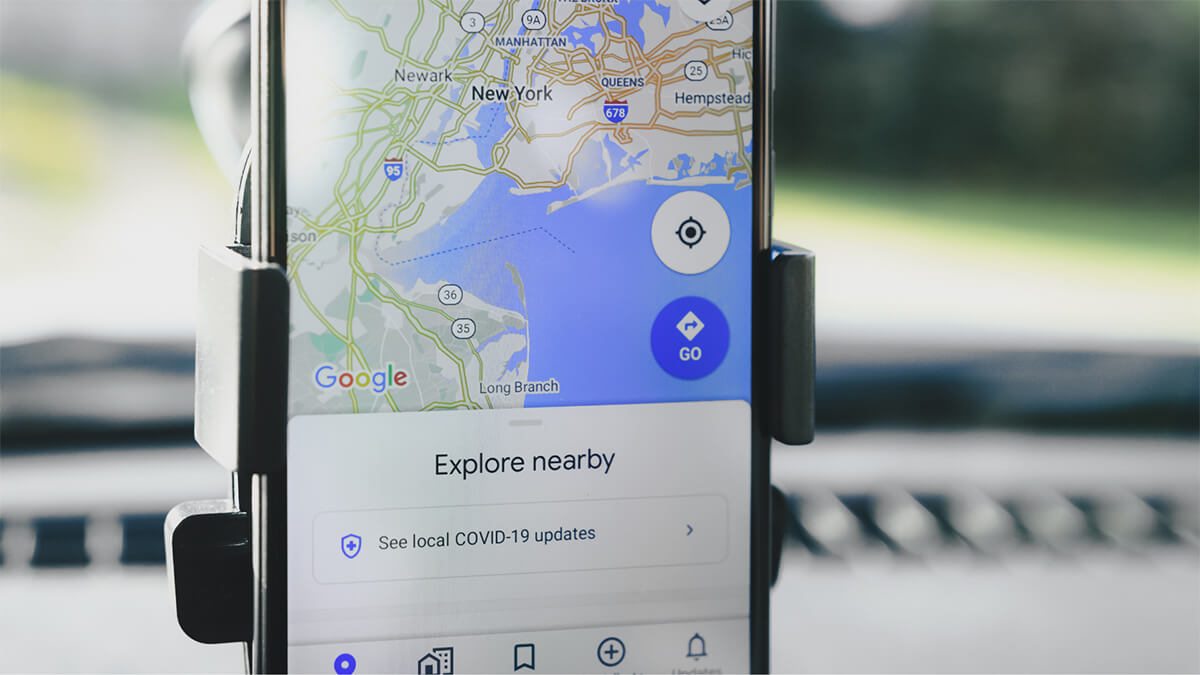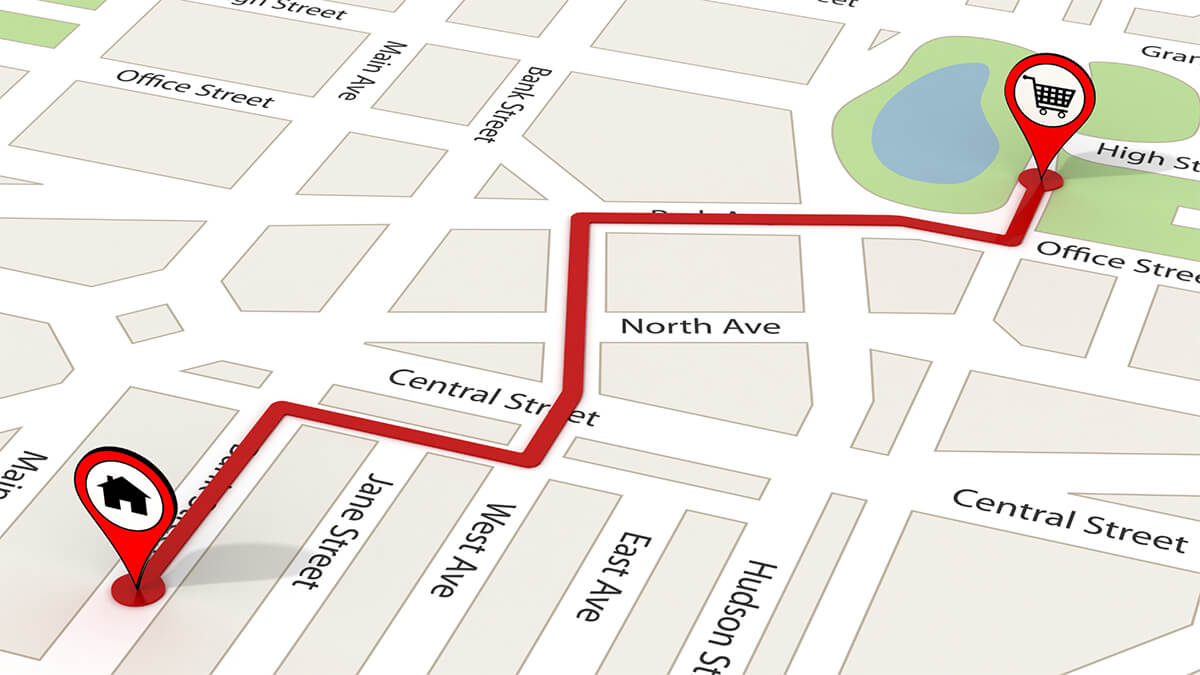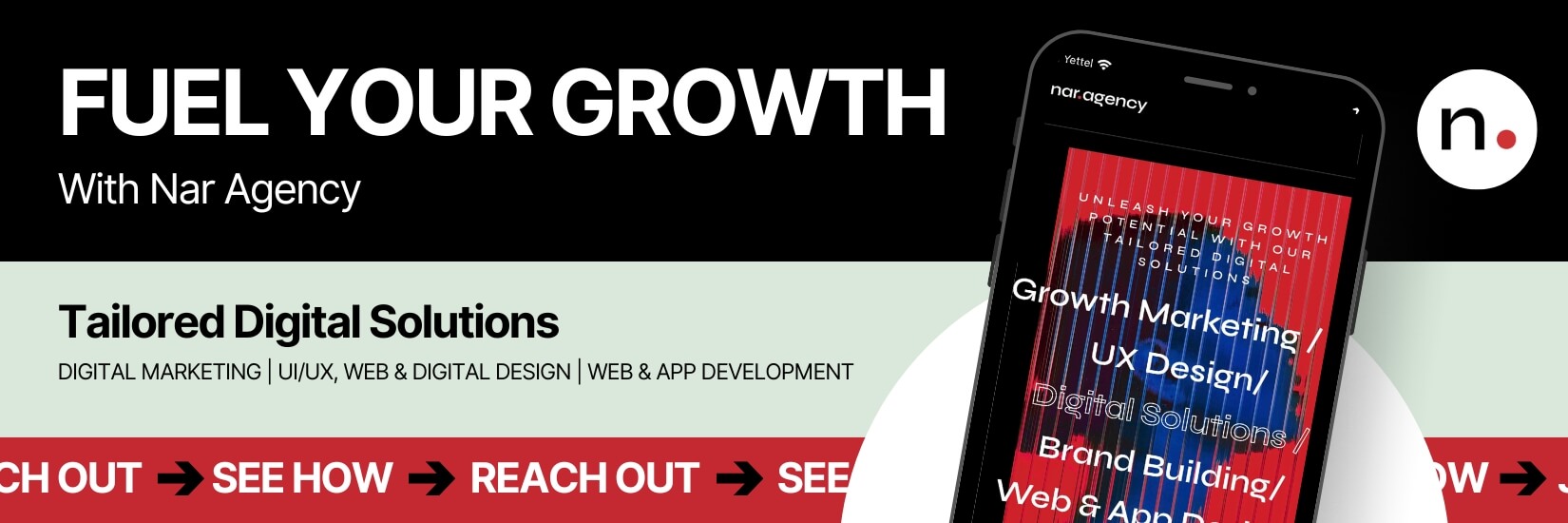Table of Contents
Local visibility is the lifeblood of small businesses. Whether you’re a cozy café in Brooklyn or a boutique law firm in Los Angeles, your ability to attract local customers online can make or break your success. Enter Local SEO – your secret weapon for dominating local search results and outshining your competitors.
But here’s the kicker: you don’t need months or years to see results. In fact, with the right strategy, you can dramatically improve your local search rankings in just 30 days. Sounds too good to be true? Stick with us, and we’ll show you how.
The Power of Local SEO
Local SEO is not just another digital marketing buzzword. It’s a targeted approach that puts your business in front of people who are actively searching for your products or services in your area. Think about it – when was the last time you pulled out a phonebook to find a local business? Chances are, you grabbed your smartphone and searched online instead.
Here’s why local SEO matters:
- 46% of all Google searches are looking for local information
- 88% of consumers who do a local search on their smartphone visit or call a store within a day
- 97% of people learn more about a local company online than anywhere else
By mastering local SEO, you’re not just improving your search rankings – you’re directly connecting with motivated customers who are ready to engage with your business.
Why 30 Days is Enough to See Results
Now, you might be thinking, “Sure, local SEO sounds great, but can I really see results in just 30 days?” The answer is yes. While SEO (Search Engine Optimization) is often thought of as a long-term game (and continuous optimization is important), the local SEO landscape offers opportunities for quick wins and rapid improvements.
In 30 days, you can:
Dramatically improve your Google Business Profile
Build a solid foundation of local citations
Implement technical SEO improvements specific to local search
Generate a steady stream of positive reviews
Each of these actions can start moving the needle on your local search rankings almost immediately. And when combined into a strategic 30-day plan? The results can be transformative.
What to Expect from This Guide
This isn’t your average SEO guide. We’re not here to overwhelm you with technical jargon or vague advice. Instead, we’re offering a day-by-day action plan designed to boost your local SEO in just one month.
Here’s what you can expect:
- A week-by-week breakdown of essential local SEO tasks
- Actionable tips that you can implement immediately
- Insider strategies that go beyond the basics
- Real-world examples to illustrate key concepts
- A focus on measurable results and ROI
Whether you’re a seasoned business owner or just starting out, this guide will equip you with the tools and knowledge to transform your local online presence in 30 days or less.
Ready to dominate your local search results and leave your competitors in the dust? Let’s get you started on your 30-day journey to local SEO success!
Week 1: Laying the Foundation
(Days 1-7)

The first week is crucial for setting the stage for your local SEO success. We’ll start by assessing where you stand, then move on to optimizing your most important local SEO asset, conducting essential research, and planning your content strategy.
Days 1-2: Audit Your Current Local SEO Status
Before you can improve, you need to know where you stand. Spend the first two days conducting a thorough audit of your current local SEO status.
Day 1: Baseline Assessment
Use tools like Google Search Console and Google Analytics to check your current search visibility and website traffic.
Search for your business name and main keywords on Google. Note your rankings and which competitors outrank you.
Check if your business appears in Google’s Local Pack for your primary keywords.
Day 2: Technical SEO Check
Use a tool like Screaming Frog to crawl your website and identify technical SEO issues.
Check your site’s mobile-friendliness using Mobile-Friendly Test.
Assess your page load speeds with Google PageSpeed Insights.
Pro Tip
Document all your findings. This will serve as your baseline to measure progress against as you implement your 30-day plan.

Days 3-4: Optimize Your Google Business Profile
Your Google Business Profile (formerly Google My Business) is the cornerstone of your local SEO efforts. Spend two days making it shine.
Day 3: Information Accuracy
Claim your Google Business Profile if you haven’t already.
Ensure your business name, address, and phone number (NAP) are accurate and consistent with your website.
Choose the most relevant primary and secondary categories for your business.
Set your service area and business hours accurately.
Day 4: Enhanced Information and Visuals
Write a compelling business description that includes your main keywords naturally.
Add high-quality photos of your business, products, or services. Include your logo and cover photo.
List your products or services, including prices if applicable.
Add attributes that apply to your business (e.g., “Women-led,” “Wheelchair accessible”).
Pro Tip
Regularly update your Google Business Profile with posts, offers, or events to keep it fresh and engaging.
Days 5-6: Conduct Local Keyword Research
Understanding what your potential customers are searching for is crucial for your local SEO strategy.
Day 5: Brainstorm and Tool Usage
Brainstorm a list of services you offer and problems you solve for customers.
Use tools like Google Keyword Planner, Ubersuggest, or Moz’s Keyword Explorer to find related keywords.
Focus on keywords with local intent (e.g., “pizza delivery in Brooklyn” rather than just “pizza delivery”).
Day 6: Analyze and Prioritize
Analyze the search volume and competition for your keywords.
Prioritize keywords based on relevance, search volume, and competition.
Create a spreadsheet with your top 20-30 local keywords to target.
Pro Tip
Don't ignore long-tail keywords. They often have less competition and can drive highly targeted traffic.
Day 7: Create a Content Calendar for the Month
With your keywords in hand, it’s time to plan your content strategy for the coming weeks.
Plan 4-8 pieces of locally-focused content based on your keyword research.
Include a mix of content types: blog posts, local area guides, FAQ pages, and service pages.
Assign tentative publication dates for each piece of content.
Outline the main points for each piece of content.
Pro Tip
Include local events, news, or seasonal topics in your content calendar to stay relevant and timely.
By the end of this week, you’ll have a clear picture of your current local SEO status, an optimized Google Business Profile, a targeted keyword list, and a content plan to guide your efforts for the rest of the month. You’re now ready to start building your online presence in Week 2!
Week 2: Building Your Online Presence (Days 8-14)

This week, we’ll focus on strengthening your online presence and ensuring your business information is consistent and optimized across the web.
Days 8-9: Optimize Your Website for Local Search
Day 8: On-Page Optimization
Update your title tags and meta descriptions to include local keywords.
Create or optimize your location-specific landing pages.
Ensure your NAP (Name, Address, Phone number) is consistent and visible on every page.
Add local schema markup to your website.
Day 9: Content and User Experience
Create an “About Us” page that tells your local story.
Add a Google Map to your contact page.
Optimize your site’s loading speed and mobile responsiveness.
Include local testimonials or case studies.
Pro Tip
Use your city or region name naturally throughout your content, but avoid keyword stuffing.
Days 10-11: Build and Clean Up Local Citations
Day 10: Citation Audit
Use a tool like Moz Local or BrightLocal to audit your existing citations.
Identify inconsistencies in your NAP information across different platforms.
Make a list of missing citations on important directories.
Day 11: Citation Building and Cleanup
Correct any inconsistencies found in your citation audit.
Submit your business to top local directories (Yelp, Yellow Pages, etc.).
Focus on industry-specific directories relevant to your business.
Pro Tip
Quality matters more than quantity. Prioritize authoritative and relevant directories over sheer numbers.
📋 Top Citation Sites to Consider
To boost your local SEO, you should list your business on top citation sites. Here are some of the most important ones:
Days 12-13: Implement Schema Markup for Local Businesses
Day 12: Understanding and Planning Schema
Research local business schema and identify relevant types for your business.
Plan out what information you want to include in your schema.
Day 13: Implementation and Testing
Implement local business schema on your website.
Use Google’s Structured Data Testing Tool to ensure correct implementation.
Add schema for reviews, products, or services if applicable.
Pro Tip
While implementing schema, be sure to include all relevant information like business hours, accepted payments, and areas served.
Day 14: Set Up Social Media Profiles with Local Focus
Ensure your business has profiles on major social platforms (Facebook, Instagram, Twitter, LinkedIn).
Optimize each profile with consistent NAP information.
Add local keywords to your profile descriptions.
Plan a content calendar for local-focused social media posts.
Pro Tip
Use social media to showcase your involvement in local events or community initiatives.
By the end of Week 2, you’ll have a solid online presence optimized for local search. Your website will be primed for local visibility, your business information will be consistent across the web, and you’ll have the technical foundations in place to support your local SEO efforts.
Next week, we’ll focus on creating compelling local content and building valuable local relationships to boost your SEO even further.
⚡ Local SEO Expertise On Demand ⚡
Turn This 30-Day Plan into Immediate Results
Why wait 30 days when you can start dominating local search now?
Nar Agency’s seasoned experts can implement this entire strategy for you, tailored to your unique business needs. We’ll navigate the complexities of local SEO, so you can focus on what truly matters – growing your business and serving your customers.
Week 3: Content Creation and Link Building (Days 15-21)
This week, we’ll focus on creating high-quality, localized content and building relationships that can boost your local SEO efforts.
Days 15-16: Create Localized Content
Day 15: Content Planning and Creation
Review your content calendar from Week 1.
Begin writing your first piece of localized content (e.g., a blog post about a local event or a guide to local attractions).
Ensure you’re naturally incorporating your local keywords.
Day 16: Optimize and Publish
Finish and proofread your content.
Optimize your content with appropriate headers, meta descriptions, and alt text for images.
Publish your content and share it on your social media profiles.
Pro Tip
Include local landmarks, events, or colloquialisms in your content to make it more authentic and relatable to your local audience.
Days 17-18: Reach Out to Local Influencers and Businesses for Collaborations
Day 17: Identify Potential Partners
Research local influencers, bloggers, and complementary businesses in your area.
Create a list of potential collaboration opportunities (guest posts, interviews, joint events, etc.).
Day 18: Outreach and Relationship Building
Craft personalized outreach emails or messages to your identified partners.
Propose specific collaboration ideas that benefit both parties.
Follow up with those who respond and start planning your collaborations.
Pro Tip
Focus on building genuine relationships rather than just asking for links. Long-term partnerships can provide ongoing SEO benefits.
Days 19-20: Implement a Review Generation Strategy
Day 19: Set Up Review Systems
Choose a review management platform if you haven’t already.
Set up automated email or SMS requests for reviews from customers.
Create a simple guide for your staff on how to ask for reviews.
Day 20: Encourage and Respond to Reviews
Start actively asking satisfied customers for reviews.
Set up alerts for new reviews across all platforms.
Begin responding to both positive and negative reviews promptly and professionally.
Pro Tip
Make leaving a review as easy as possible for customers. Provide direct links to your review profiles in your emails or text messages.
Day 21: Analyze Progress and Adjust Strategy
Review your Google Analytics and Search Console data to see how your efforts are impacting traffic and rankings.
Check your Google Business Profile insights for changes in views, clicks, and actions.
Assess which strategies seem to be working best and which might need adjustment.
Make a plan for fine-tuning your approach in the final week.
Pro Tip
Don't be discouraged if you haven't seen dramatic changes yet. SEO is a long-term game, but you're laying crucial groundwork for future success.
By the end of Week 3, you’ll have started to build a library of localized content, initiated valuable local partnerships, and set up systems for generating and managing reviews. These efforts will continue to pay dividends long after your 30-day sprint is over.
In the final week, we’ll focus on advanced techniques and fine-tuning your strategy based on your progress so far.
Week 4: Advanced Techniques and Fine-Tuning (Days 22-30)

In this final week, we’ll implement some advanced local SEO strategies and make adjustments based on your progress so far.
Days 22-23: Optimize for Voice Search and Featured Snippets
Day 22: Voice Search Optimization
Research common voice search queries related to your business.
Create FAQ pages that answer these queries in a conversational tone.
Optimize for long-tail keywords that mimic natural speech patterns.
Day 23: Featured Snippet Optimization
Identify opportunities for featured snippets in your niche.
Restructure existing content or create new content to target these opportunities.
Use clear headings, bullet points, and concise answers to increase your chances of being featured.
Pro Tip
Voice search queries often start with "who," "what," "where," "when," "why," and "how." Structure your content to answer these questions directly.
Days 24-25: Implement Local Link Building Strategies
Day 24: Local Resource Link Building
Create a valuable local resource on your website (e.g., a comprehensive guide to local events or attractions).
Reach out to local organizations and websites that might find this resource useful and ask them to link to it.
Day 25: Community Involvement
Look for local sponsorship or partnership opportunities.
Participate in or sponsor a local event and ensure it’s mentioned on the event’s website with a link back to you.
Consider joining local business associations or chambers of commerce for additional link opportunities.
Pro Tip
Focus on quality over quantity. A few high-quality, relevant local links can be more valuable than many low-quality ones.
Days 26-27: Create and Optimize Local Event Listings
Day 26: Event Planning and Creation
Plan a local event or workshop related to your business.
Create an event page on your website with all relevant details.
Day 27: Event Promotion
List your event on local event directories and your Google Business Profile.
Create social media posts to promote your event.
Reach out to local media outlets for potential coverage.
Pro Tip
Even if you can't host a physical event, consider creating a virtual workshop or webinar targeted at your local audience.
Days 28-29: Conduct Competitor Analysis and Identify Opportunities
Day 28: Competitor Research
Identify your top local competitors in search results.
Analyze their websites, content, and backlink profiles using tools like Ahrefs or SEMrush.
Look for gaps in their strategies that you can capitalize on.
Day 29: Strategy Adjustment
Based on your competitor analysis, identify new opportunities for content or local partnerships.
Adjust your strategy to address any areas where competitors are outperforming you.
Pro Tip
Don't just copy your competitors. Look for ways to differentiate yourself and provide unique value to your local audience.
Day 30: Final Analysis and Future Planning
Conduct a comprehensive review of your local SEO metrics.
Compare your current standings to your initial audit from Day 1-2.
Identify the strategies that have been most effective for your business.
Create a long-term plan to continue your local SEO efforts beyond this 30-day sprint.
Pro Tip
SEO is an ongoing process. Use the insights you've gained over the past 30 days to create a sustainable, long-term local SEO strategy.
Congratulations!
You’ve completed your 30-day local SEO plan. While you should start seeing improvements in your local search visibility, remember that SEO is an ongoing process. Continue to monitor your progress, adjust your strategies as needed, and stay up-to-date with the latest local SEO trends and best practices.
Unlock Your Business’s Full SEO Potential
Ready to Dominate More Than Just Local Search?
Local SEO is just the beginning.
At NAR Agency, we offer comprehensive SEO solutions to skyrocket your online presence across all fronts. From on-page, off-page, technical SEO, link building and everything in between, our expert team will craft a tailored strategy to push your business above the competition.
Don’t settle for local success when you can achieve global dominance.
Share :
Read More
50% Open Rate Formula: Master Email Subject Lines That Convert
Want to boost your email open rates by 50%? Learn the science behind effective email subject lines and get proven templates to transform your email marketing campaigns.
Brand Awareness Metrics: 3 KPIs That Actually Matter in 2024
Struggling to measure the right brand awareness metrics in 2024? Discover the 3 essential KPIs to track, get actionable insights, and boost your brand’s visibility.
10 Unexpected Brand Collaborations That Exploded Awareness
Explore 10 groundbreaking brand partnerships that defied expectations and revolutionized marketing. From Nike and Michael Jordan to LEGO and Star Wars, learn how these unexpected collaborations boosted awareness, reached new audiences, and redefined industry standards. Dive into the strategies behind these successful partnerships and get inspired for your own brand collaboration ideas.




